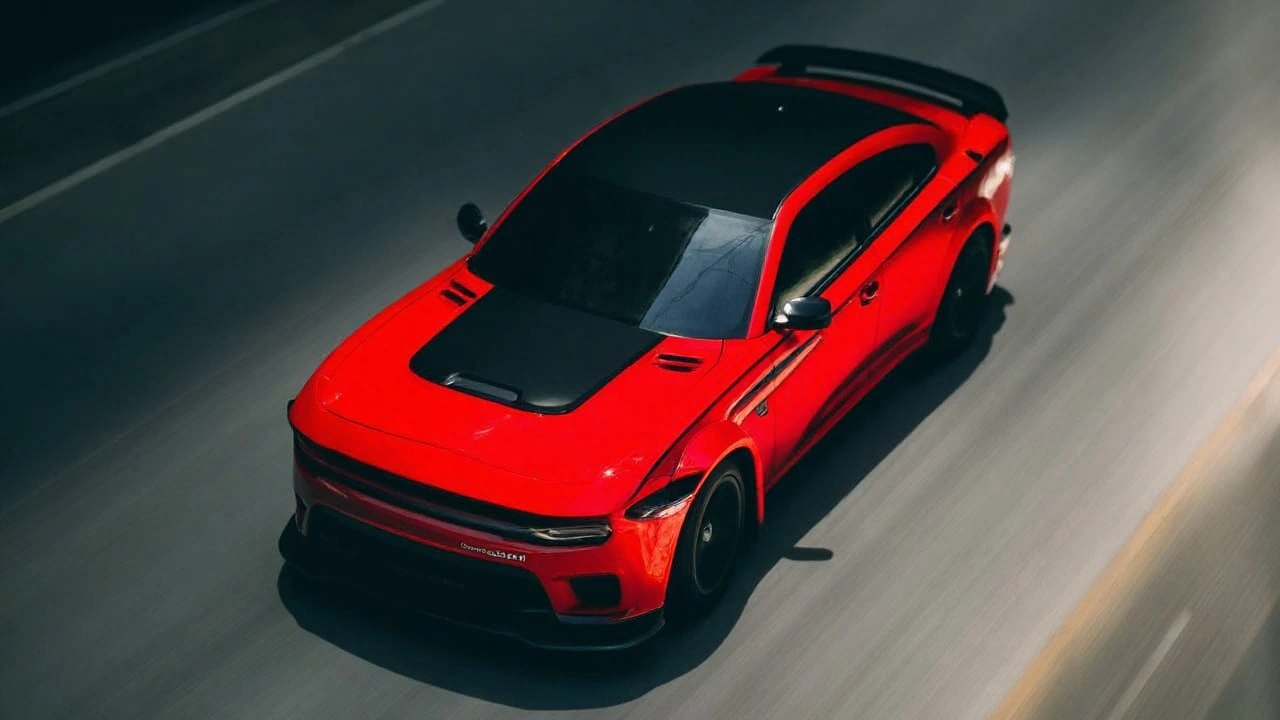Want that raw Mopar thunder under the hood? The "Sixpack" name usually refers to Chrysler's 440 Six-Pack setup: a big-block V8 fed by three two-barrel carburetors. It gave classic Chargers brutal midrange shove and a voice you notice before you see the car. If you're shopping one, restoring one, or just curious, here's what really matters—straight, useful info you can act on.
The Mopar 440 Six-Pack showed up around 1969–1971 on several muscle cars, including some Charger variants. Factory ratings typically listed around 390 horsepower, with fat torque that made these cars launch hard. The six-carb system was tricky but rewarding: great throttle response and a distinct sound. Today, many owners restore the original carbs or swap to modern EFI kits for reliability while keeping that character.
Buying a Sixpack Charger? Bring a checklist. First, confirm the engine is correct for the car if original matching numbers matter to you. Look for VIN tags and fender tags. Check the carbs: if they’re original Holleys, inspect for leaks, corrosion, and broken linkage. Carburetor rebuilds are common and expected.
Body and rust are the deal-breakers. Inspect the floors, trunk, wheel wells, and rocker panels closely. Repairs here get expensive fast. Suspension and steering parts wear out from old miles—feel for play and listen for clunks during a test drive. Don’t forget the transmission: many cars came with heavy-duty automatics, and rebuilds are costly.
Ask about maintenance history. A well-documented service log beats a clean paint job every time. If the seller claims "rebuilt," get receipts and details about parts used.
Price check: compare similar cars on classic marketplaces and auctions. Rarity, originality, and documented history push value up. If the car has a factory Six-Pack and complete documentation, expect a premium.
Ownership and upgrade tips
Want reliable daily drives without losing character? Consider an EFI conversion that keeps the intake look but uses modern fuel injection. It improves cold starts, fuel economy, and drivability. If you prefer stock carbs, budget for regular tune-ups and carb balancing.
Brakes and suspension should be upgraded if you plan on driving often. Disc brake conversions, modern shocks, and stronger sway bars make these heavy cars safer and more fun. Keep original parts if you want resale value—store them when you upgrade.
Parts: look to Mopar specialist suppliers and trusted repro vendors. Some pieces are rare, so join Mopar forums and local clubs to get leads on parts and trusted mechanics. Events and swap meets are gold for hard-to-find trim and hardware.
Fuel and insurance notes: expect higher fuel use and possibly higher insurance for muscle cars. Factor those costs into ownership. But if you love the sound and the feel, a Sixpack Charger delivers an experience few modern cars match.
Want help evaluating a specific listing or decoding a fender tag? Tell me the VIN or post photos and I’ll point out red flags and value markers fast.
Posted by
Siseko Tapile
17 Comments

Dodge is making waves with its new 2026 Charger Sixpack, reviving gas-powered muscle with two models that undercut the prices of its electric Charger Daytona. With engines packing up to 550 horsepower and loaded with drag-strip features, these rides bring classic power back to the street for less.
read more